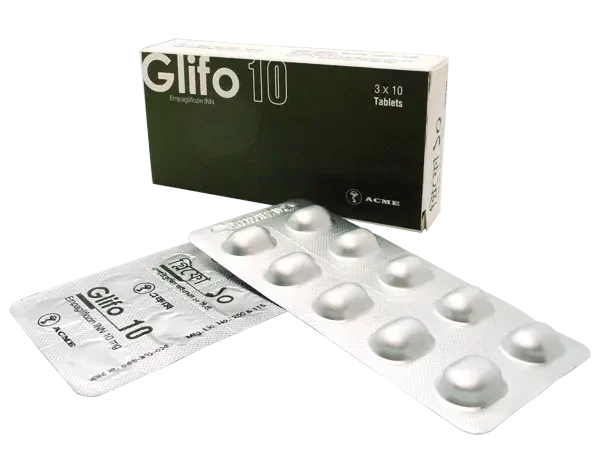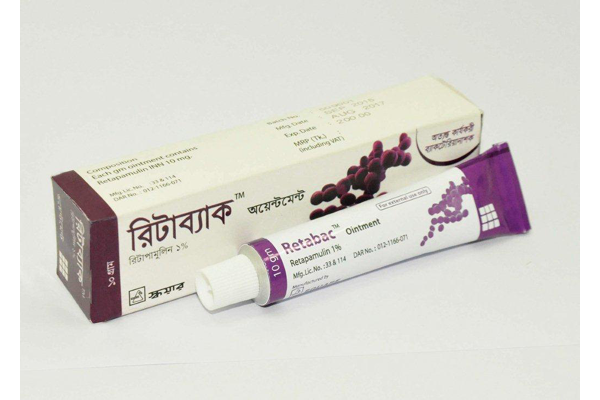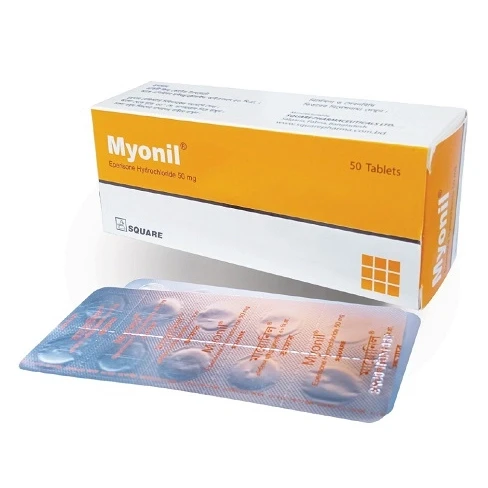

Tazid IM/IV Injection 500 mg, Ceftazidime Pentahydrate 500 mg/vial
Inhouse product
-
৳11.40
৳12.00 -
৳42.75
৳45.00 -
৳16.63
৳17.50 -
৳2.14
৳2.25
Reviews & Ratings
Indications
Tazid Injection is
indicated for the treatment of patients with infections caused by susceptible
strains of the designated organisms in the following diseases:
Lower Respiratory
Tract Infections, including pneumonia,
caused by Pseudomonas aeruginosa and other Pseudomonas spp., Haemophilus
influenzae, including ampicillin-resistant strains; Klebsiella spp.;
Enterobacter spp.; Proteus mirabilis; Escherichia coli; Serratia spp.;
Citrobacter spp.; Streptococcus pneumoniae; and Staphylococcus aureus
(methicillin susceptible strains).
Skin and Skin
Structure Infections caused by
Pseudomonas aeruginosa; Klebsiella spp.; Escherichia coli; Proteus spp.,
including Proteus mirabilis and indole-positive Proteus, Enterobacter spp.;
Serratia spp.; Staphylococcus aureus (methicillin susceptible strains); and
Streptococcus pyogenes (group A beta-hemolytic streptococci).
Urinary Tract
Infections, both complicated and
uncomplicated, caused by Pseudomonas aeruginosa; Enterobacter spp.; Proteus
spp., including Proteus mirabilis and indole-positive Proteus, Klebsiella spp.;
and Escherichia coli.
Bacterial Septicemia caused by Pseudomonas aeruginosa,
Klebsiella spp., Haemophilus influenzae, Escherichia coli, Serratia spp.,
Streptococcus pneumoniae and Staphylococcus aureus (methicillin susceptible
strains).
Bone and Joint
Infections caused by
Pseudomonas aeruginosa, Klebsiella spp., Enterobacter spp., and Staphylococcus
aureus (methicillin susceptible strains).
Gynecologic Infections, including endometritis, pelvic cellulitis,
and other infections of the female genital tract caused by Escherichia coli.
Intraabdominal
Infections, including
peritonitis caused by Escherichia coli, Klebsiella spp., and Staphylococcus aureus
(methicillin susceptible strains) and polymicrobial infections caused by
aerobic and anaerobic organisms and Bacteroides spp.
Central Nervous System
Infections, including
meningitis, caused by Haemophilus influenzae and Neisseria meningitidis,
Pseudomonas aeruginosa and Streptococcus pneumoniae.
* রেজিস্টার্ড চিকিৎসকের পরামর্শ মোতাবেক ঔষধ সেবন করুন'
Pharmacology
Ceftazidime is a
semisynthetic, broad-spectrum, beta-lactam antibiotic for parenteral
administration. Ceftazidime is bactericidal in action exerting its effect by
inhibition of enzymes responsible for cell-wall synthesis. A wide range of
gram-negative organisms is susceptible to ceftazidime in vitro, including
strains resistant to gentamicin and other aminoglycosides. In addition,
ceftazidime has been shown to be active against gram-positive organisms. It is
highly stable to most clinically important beta-lactamases, plasmid or chromosomal,
which are produced by both gram-negative and gram-positive organisms and,
consequently, is active against many strains resistant to ampicillin and other
cephalosporins.
Dosage
The usual adult dosage
is 1 gram administered intravenously or intramuscularly every 8 to 12 hours.
The dosage and route should be determined by the susceptibility of the
causative organisms, the severity of infection and the condition, and renal
function of the patient.
Ceftazidime is to be used by the parenteral route, the dosage depending upon
the severity, sensitivity & type of infections and the age, weight &
renal function of the patient.
Adults: The adult dosage range for ceftazidime is 1
to 6 gm per day 8 or 12 hourly (IM/IV) in the majority of infections, 1 gm 8
hourly or 2 gm 12 hourly should be given.
- In urinary tract
infections and many less serious infections: 500 mg or 1 gm 12 hourly is usually adequate.
- In severe
infections, especially immunocompromised patients, including those with
neutropenia: 2 gm 8 or 12 hourly should be
administered. When used as a prophylactic agent in prostatic surgery 1 gm
should be given at the induction of anesthesia. A second dose should be
considered at the time of catheter removal.
Elderly: In view of the reduced clearance of
Ceftazidime in acutely ill elderly patients, the daily dosage should not
normally exceed 3 gm, especially in those over 80 years of age.
- Cystic fibrosis: In fibrocystic adults with normal renal function who
have pseudomonal lung infections, high doses of 100 to 150 mg/kg/day as
three divided doses should be used.
Infants
and Children: The usual dosage
range for children aged over two months is 30 to 100 mg/kg/day, given as two or
three divided doses. Doses up to 150 mg/kg/day (maximum 6 gm daily) in three
divided doses may be given to infected immunocompromised or fibrocystic
children or children with meningitis.
Neonates and Children
up to 2 months of age: The usual dosage
range is 25 to 60 mg/kg/day as two divided doses.
* রেজিস্টার্ড চিকিৎসকের পরামর্শ মোতাবেক ঔষধ সেবন করুন'
Administration
Ceftazidime may be
given intravenously or by deep IM injection into a large muscle mass such as
the upper outer quadrant of the gluteus maximus or lateral proof of the thigh.
Intra-arterial administration should be avoided. For IV/IM administration,
Ceftazidime should be reconstituted with the supplied Sterile Water for
Injection.
* রেজিস্টার্ড চিকিৎসকের পরামর্শ মোতাবেক ঔষধ সেবন করুন'
Contraindications
Ceftazidime is
contraindicated in patients who have shown hypersensitivity to Ceftazidime or
the cephalosporin group of antibiotics.
Side Effects
The most common
side-effects are local reactions following IV injection and allergic and
gastrointestinal reactions. Hypersensitivity reactions are pruritus, rash, and
fever. Angioedema and anaphylaxis have been reported very rarely.
Gastrointestinal symptoms are diarrhea, nausea, vomiting, and abdominal pain.
Central nervous system reactions included headache, dizziness, and paresthesia.
Pregnancy & Lactation
Pregnancy: No adequate and well-controlled studies in
pregnant women have been conducted with Ceftazidime. Because animal
reproduction studies are not always predictive of human response this drug
should be used during pregnancy only if clearly needed.
Lactation: Ceftazidime is excreted in human milk in low
concentrations. Because many drugs are excreted in human milk and because the
safety of the component of the injections in nursing infants has not been
established, a decision should be made whether to discontinue nursing or to
discontinue the drug, taking into account the importance of the drug to the
mother.
Precautions & Warnings
The total daily dosage
should be reduced when Tazid is administered to patients with renal
insufficiency. Tazid should be prescribed with caution in individuals with a
history of gastrointestinal disease, particularly colitis.
Use in Special Populations
Impaired Renal
Function: Tazid is excreted by
the kidneys, almost exclusively by glomerular filtration. Therefore, in
patients with impaired renal function (glomerular filtration rate <50
mL/min), it is recommended that the dosage of ceftazidime be reduced to
compensate for its slower excretion. In patients with suspected renal
insufficiency, an initial loading dose of 1 gram of Tazid may be given. An
estimate of GFR should be made to determine the appropriate maintenance dosage.
Dosage in peritoneal
dialysis: Tazid may also be
used in peritoneal dialysis and continuous ambulatory peritoneal dialysis
(CAPD). As well as using Tazid intravenously, it can be incorporated into the
dialysis fluid (usually 125 to 250 mg for 2L of dialysis fluid).
Impaired Hepatic
Function: No adjustment in
dosage is required for patients with hepatic dysfunction.
Overdose Effects
Tazid overdosage has
occurred in patients with renal failure. Reactions have included seizure
activity, encephalopathy, asterixis, neuromuscular excitability, and coma.
Patients who receive an acute overdosage should be carefully observed and given
supportive treatment.
Therapeutic Class
Third generation
Cephalosporins
Reconstitution
Single-dose vial
Administration Amount of WFI to be added: 250 mg IM in 1.5 ml, 250 mg IV in 5
ml, 500 mg IM in 1.5 ml, 500 mg IV in 5 ml and 1 g IM in 3 ml, 1 g IV in 10 ml.
Storage Conditions
Store below 25°C,
protected from light and moisture. Reconstituted solutions are stable for up to
24 h if stored between 2°-8°C.
Frequently Bought Products
Glifo Tablet, Empagliflozin 10 mg
Genolev TS Ophthalmic Solution 5 ml drop, Levofloxacin 1.5%
Hexiphen Tablet, Trihexyphenidyl Hydrochloride 5 mg
Torsid Tablet, Torasemide 5 mg
Bilan Tablet, Bilastine 20 mg
Retabac Ointment 10 gm tube, Retapamulin 1%
Myonil Tablet, Eperisone Hydrochloride 50 mg
Product Queries (0)
Login Or Registerto submit your questions to seller
Other Questions
No none asked to seller yet
-
৳11.40
৳12.00 -
৳42.75
৳45.00 -
৳16.63
৳17.50 -
৳2.14
৳2.25

















